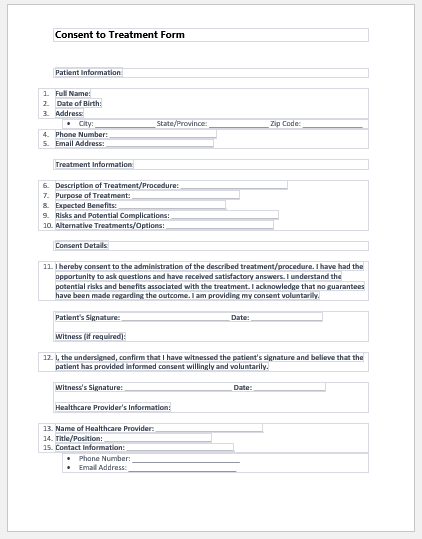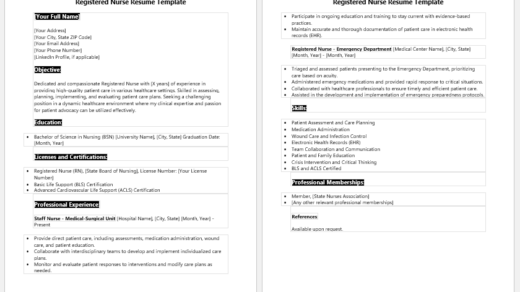Treatment is important if a patient wants to get better. When someone is feeling sick, they will need treatment so that they can live a better life. Without treatment, a patient may not be able to enjoy all the pleasures and activities that life has to offer. Different types of treatments have potential risks as well. A patient needs to know what treatment they will get and what it involves.
The patient will need to consent to certain treatments. When they know what the treatment involves, any potential risks that come with it, and any alternative treatments present, the patient can make a better decision about what treatment to pursue.
What is a consent-to-treatment form?
It is a form that helps a patient let the doctor or medical provider know that they have agreed to get a certain treatment. The doctor needs consent so that they can carry out the treatment on the patient and help him/her get better. The form includes details about the treatment to help the patient decide what they want. This information can be conveyed in a professional way to the doctor when there is a treatment form signed by the patient or guardian. The consent may be for a minor child, and so it will need to be signed by the parent and guardian. The form can be kept as proof if it is needed later on.
Who uses the consent-to-treatment form?
A doctor or medical provider can use the form when they want to know which treatment a patient has agreed to. They can then start the treatment on the patient, and they will have proof that the patient has agreed to this. A patient can use the form to learn details about the treatment, what it involves, and any alternative treatments that they can consider.
What are the benefits of using the consent treatment form?
Following are a few benefits of using the form:
Allows medical providers to get consent to carry out treatment
The medical field is one where professionals need to carry out treatment carefully according to what the patient agreed to. Without this consent, a medical provider may not be able to go ahead with a certain treatment. Sometimes a treatment plan may have many risks, including possible death, and so the medical provider needs to get consent from the patient about whether they can carry out the treatment or not.
Let patients know about the treatment
A patient will want to know what treatment they can consider. They need to know complete details about this so that they can be more confident in getting the treatment done. The patient needs to know the nature of the treatment, any potential risks that may be present with it, etc. This will allow them to know what will be involved and what can happen during and after the treatment.
The patient will also want to know about any alternative treatment that they can consider and all the details about it. This information will help the patient decide what treatment they want. A patient has the right to know all this information before any treatment starts.
Better treatment
When the patient knows about the different treatments and what they involve, they can choose the one that they want. The doctor may be able to provide the patient with better medical care when they inform them all about what the treatment involves. The patient will not be able to complain later on that they were not informed about a treatment plan.
Can be used legally
If a patient claims that they did not consent to have the treatment done but the doctor still did it, the doctor can take out the consent to treatment form as proof that the patient agreed to have the treatment done. Any legal case can arise, and with the help of this form, there will be legal proof that the patient consented to the treatment. Therefore, the form is helpful to medical providers, as they can avoid getting stuck in stressful cases.
- Nursing Documentation Templates
- Mental Health Evaluation Forms
- Forms Used by Pediatricians
- Various Forms Related to Pregnancy Verification
- Common Forms Used by ENT Specialists
- Pain Diary Worksheet Template
- Forms Commonly Used by Old Age Homes
- Medical Treatment Consent Form
- Home Exercise Program Worksheet
- Forms Used for Mental Health Assessment
- Forms Used by Psychologists
- Medical Forms Commonly Used by/for Students



